Nocturnal Animals Coloring Pages
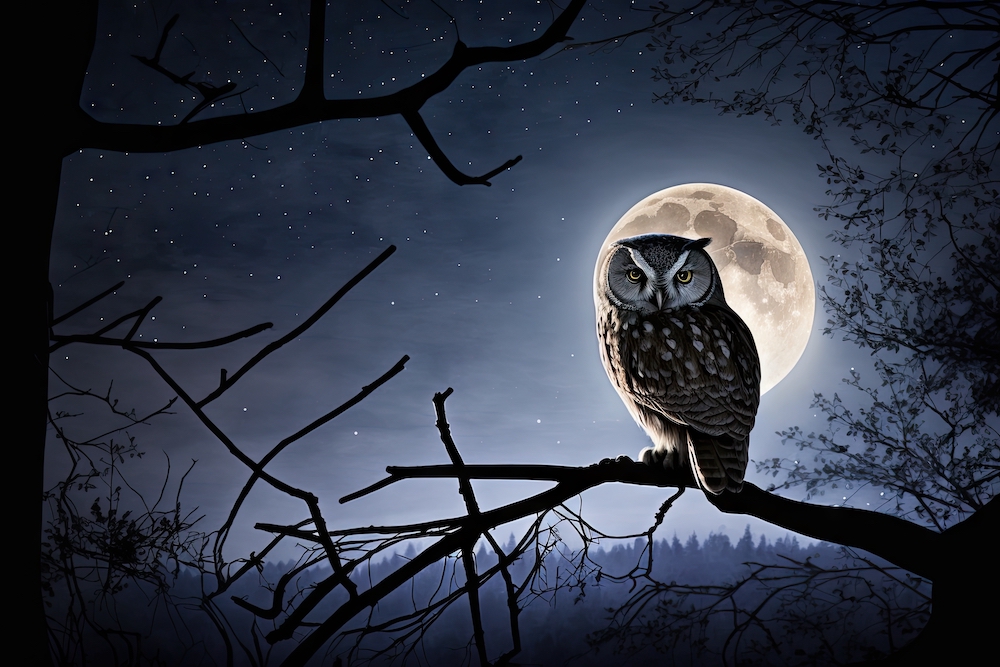
Nocturnal animals, those that are active primarily during the night, emerge from their daytime slumber to explore, hunt, and thrive in the shadows. These animals have evolved unique adaptations that allow them to navigate and survive in the dark, making them some of the most fascinating and mysterious animals on the planet.
Nocturnal Definition:
The term “nocturnal” is derived from the Latin word “nocturnus,” meaning “of the night“. It refers to the behaviour of being active during the night and sleeping during the day. This adaptation allows nocturnal animals to avoid competition with diurnal species, those active during daylight hours, and to take advantage of the unique resources and opportunities available at night.
Adaptations of Nocturnal Animals:
To thrive in the dark, nocturnal animals have developed a range of adaptations that enhance their senses and allow them to navigate their environment effectively. Some of these adaptations include:
- Enhanced vision: Many nocturnal animals, such as cats and owls, have large eyes with pupils that can dilate significantly to let in more light, improving their night vision.
- Heightened senses of hearing and smell: Nocturnal animals often rely on their acute sense of hearing and smell to locate prey and avoid predators in the dark.
- Specialized coloration: Some nocturnal animals, like the tarsier and the aye-aye, have dark or mottled fur that helps them blend into the shadows and avoid detection.
- Some nocturnal creatures, like bats, have even developed echolocation, using sound waves to navigate and locate food in complete darkness.
The Importance of Nocturnal Animals:
- Nocturnal animals play crucial roles in their ecosystems, helping to maintain balance and biodiversity.
- As predators, they help control populations of other animals, while as prey, they provide food for other species.
- Additionally, many nocturnal animals, such as bats and moths, are essential pollinators, ensuring the reproduction and survival of various plant species.
Nocturnal Animals List with Coloring Page:
The list of nocturnal animals is diverse and includes species from various taxonomic groups. Mammals, such as bats, raccoons, and hedgehogs, are well-known for their nighttime activities. Bats use echolocation to navigate and locate prey in the darkness.
Raccoons are often found rummaging through trash cans and gardens at night, thanks to their excellent sense of touch and adaptable diet.
- Many species of cats, both wild and domestic, are also nocturnal. While house cats may adapt to their owners’ schedules, they still retain their instinctual preference for nighttime activity.
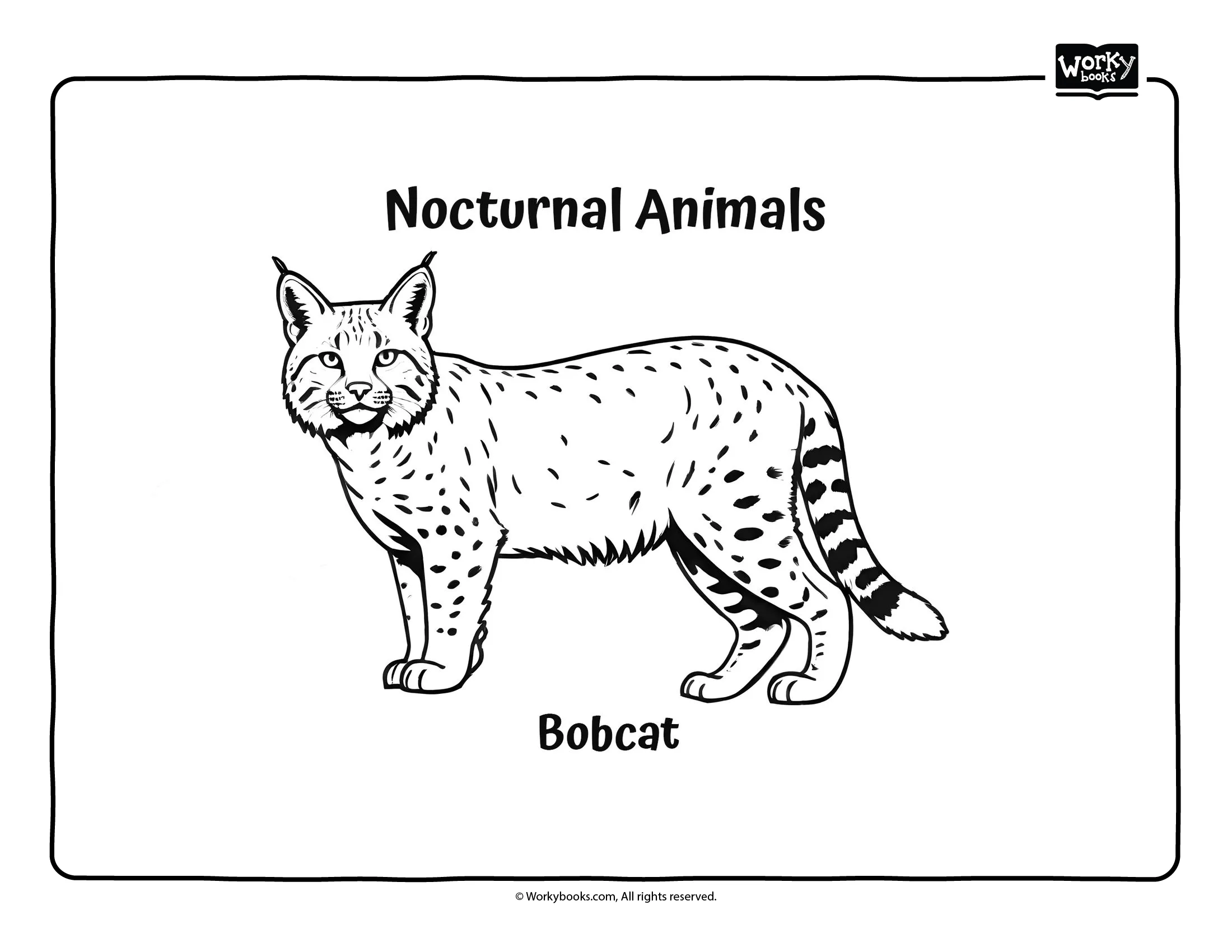
2. Owls, the iconic nocturnal birds, are known for their silent flight and haunting calls. These birds of prey are notorious for their exceptional night vision and silent flight, allowing them to hunt effectively in the dark. Other nocturnal birds include nightjars, kiwis, and night herons.
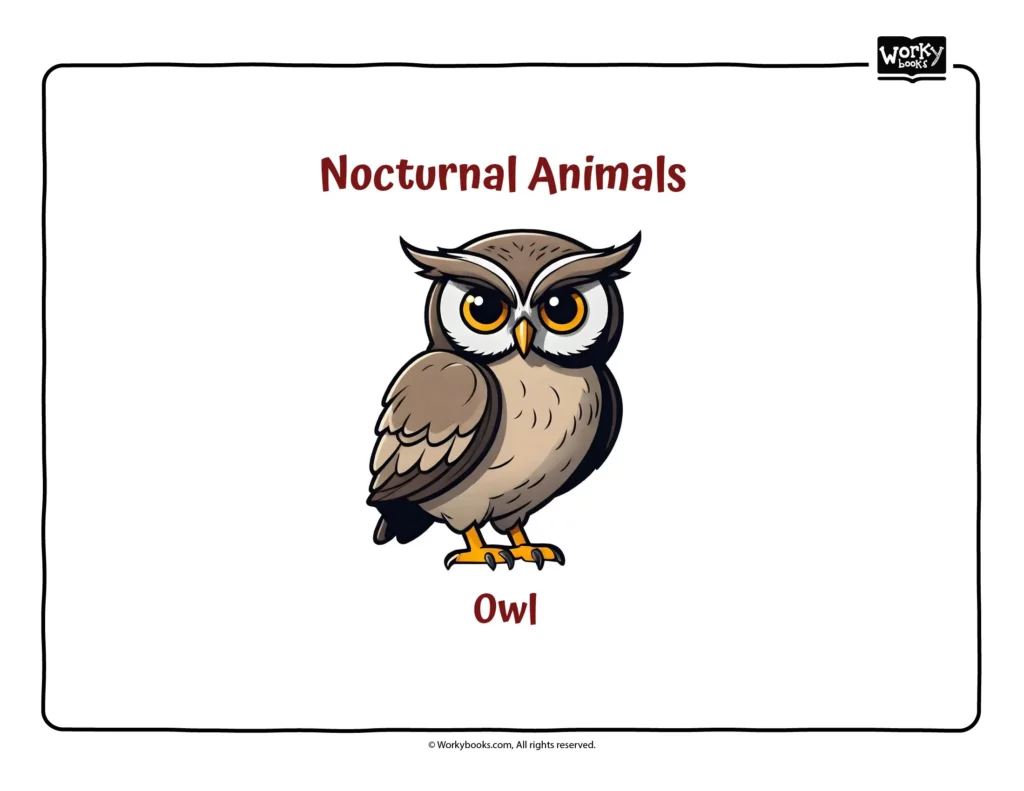
Nocturnal reptiles and amphibians are also abundant. Geckos, known for their sticky toe pads and vocalizations, are a common sight in tropical and subtropical regions. Many species of frogs and toads are active at night, filling the air with their croaks and calls. Snakes, such as the venomous pit vipers, also prefer the cover of darkness for their hunting activities.
Invertebrates, too, have their share of nocturnal representatives. Moths, drawn to artificial light sources, are a familiar sight during summer nights. Fireflies, also known as lightning bugs, use their bioluminescent abilities to attract mates and ward off predators. Scorpions, feared for their venomous stingers, are also predominantly nocturnal
3. Foxes are known for their cunning nature, foxes are skilled nocturnal hunters that rely on their keen senses to locate prey.
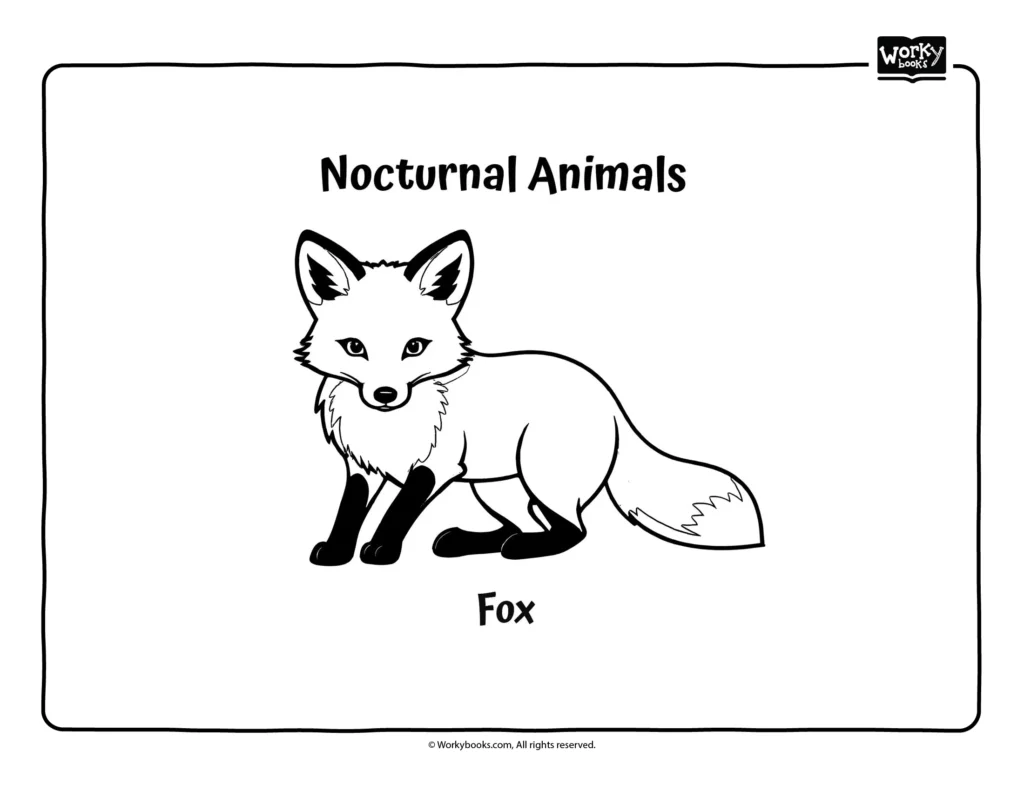
Nocturnal Animals Coloring Page:
These animals provide a fantastic opportunity for creative expression through coloring pages. These illustrations often depict animals like owls, bats, and raccoons in their nighttime habitats, surrounded by the moon and stars. Coloring nocturnal animals pages can be a fun and educational activity for children, helping them learn about the unique characteristics and adaptations of nocturnal creatures. You can print the same.
Are you ready to embark on a captivating journey into the mysterious realm of nocturnal animals? Look no further! Our “10 Nocturnal Animals Coloring Pages” is the perfect resource for young learners. Our printable coloring pages come in both color and black-and-white versions, giving you the flexibility to choose the format that best suits your needs.Get them today!
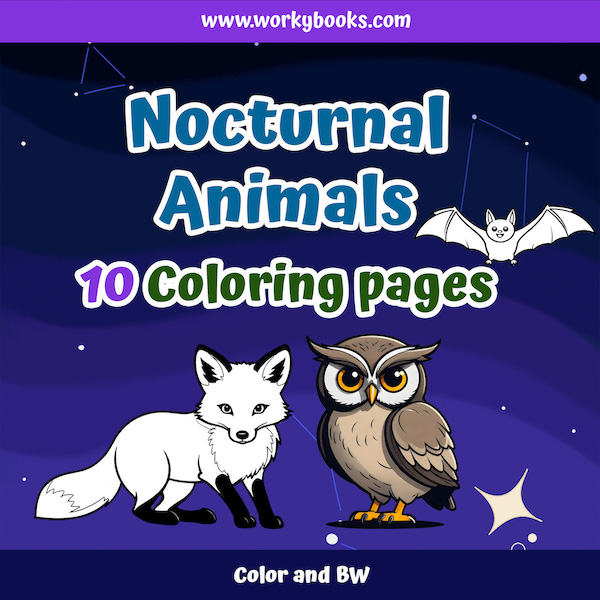
These coloring sheets show desert animals. They come in colored and black-and-white PDFs. You can use them in science or art classes, or for fun learning during holidays. They’re great for homeschooling or classrooms. Use the colored ones as examples or for making displays. The black-and-white ones let kids be creative and learn about desert animals. Add these sheets to your desert lessons or use them alone to help kids learn better.

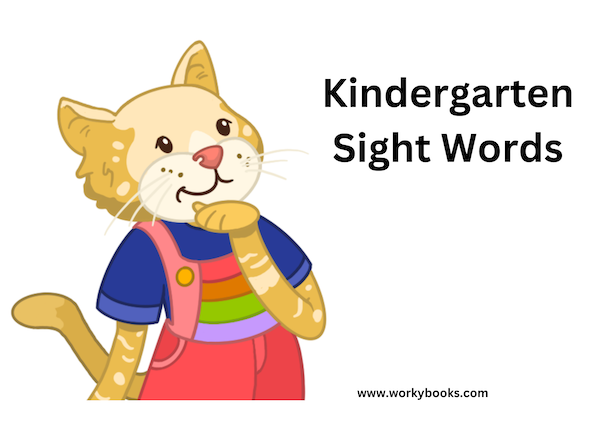

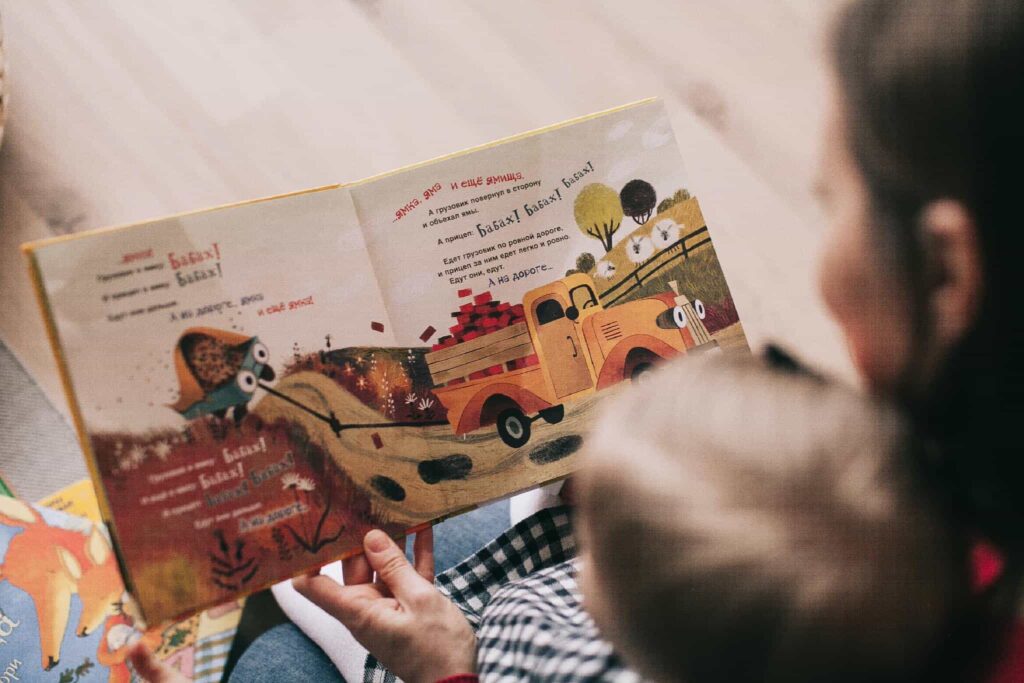
One Comment